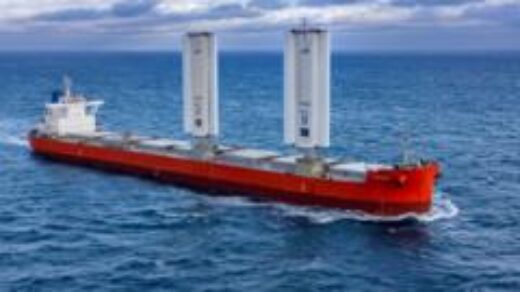The seabed off the UK’s coast is littered with hundreds of thousands of unexploded bombs and mines, many of which are unknown and pose a potential risk to those working at sea. Lee Gooderham, founder of Hethel-based Ordtek, has made it his business to locate these unexploded ordnances (UXOs).
His map, a result of 12 years of work, shows thousands of tiny red dots representing reported munitions in the English Channel and the southern North Sea. However, there are many more UXOs that remain undiscovered. These UXOs continue to be a significant danger, particularly to fishing vessels and dredgers.
In 2020, a World War Two bomb exploded 25 miles north of Cromer, Norfolk, injuring five crew members of the fishing vessel Galwad-Y-Mor. The skipper, Lewis Mulhearn, who later died in 2023, won a bravery award for saving his crew’s lives.
Ordtek primarily works with clients from the offshore and renewables sector. These industries often operate in high-risk UXO areas such as Thames Gateway and Gunfleet Sands. The process of finding UXOs involves desk-based work, archive research, and geophysical surveys. If a UXO can be avoided by at least 10m, it can be left undisturbed. However, if it cannot be avoided, it is dealt with using a remotely-operated underwater vehicle (ROV).
The task of clearing the entire seabed of UXOs is nearly impossible and could take up to 300 years according to German government estimates. Unrecorded dump sites have been found all the way from Gunfleet Sands to the Hornsea Project.
Despite the inherent dangers, fourth-generation fisherman Steve Stoker says he has never been worried about the UXOs. He recalls a time when fishermen were paid for the UXOs they found. However, this practice has since changed.
The Ministry of Defence stated that munitions were disposed of in various places at the end of World War Two and continue to be discovered today. Their explosive ordnance disposal (EOD) teams respond and deal appropriately with any materials found.









